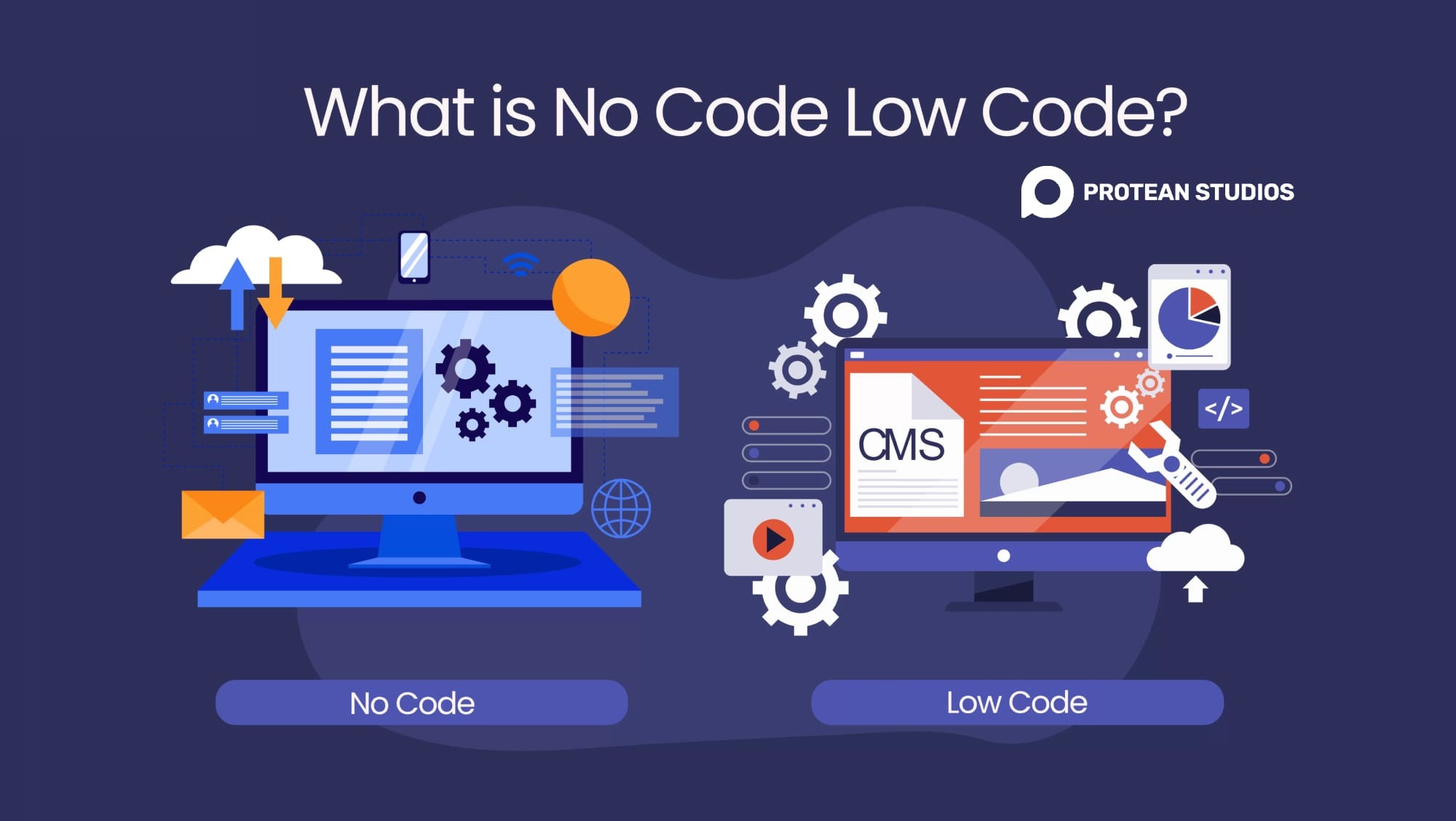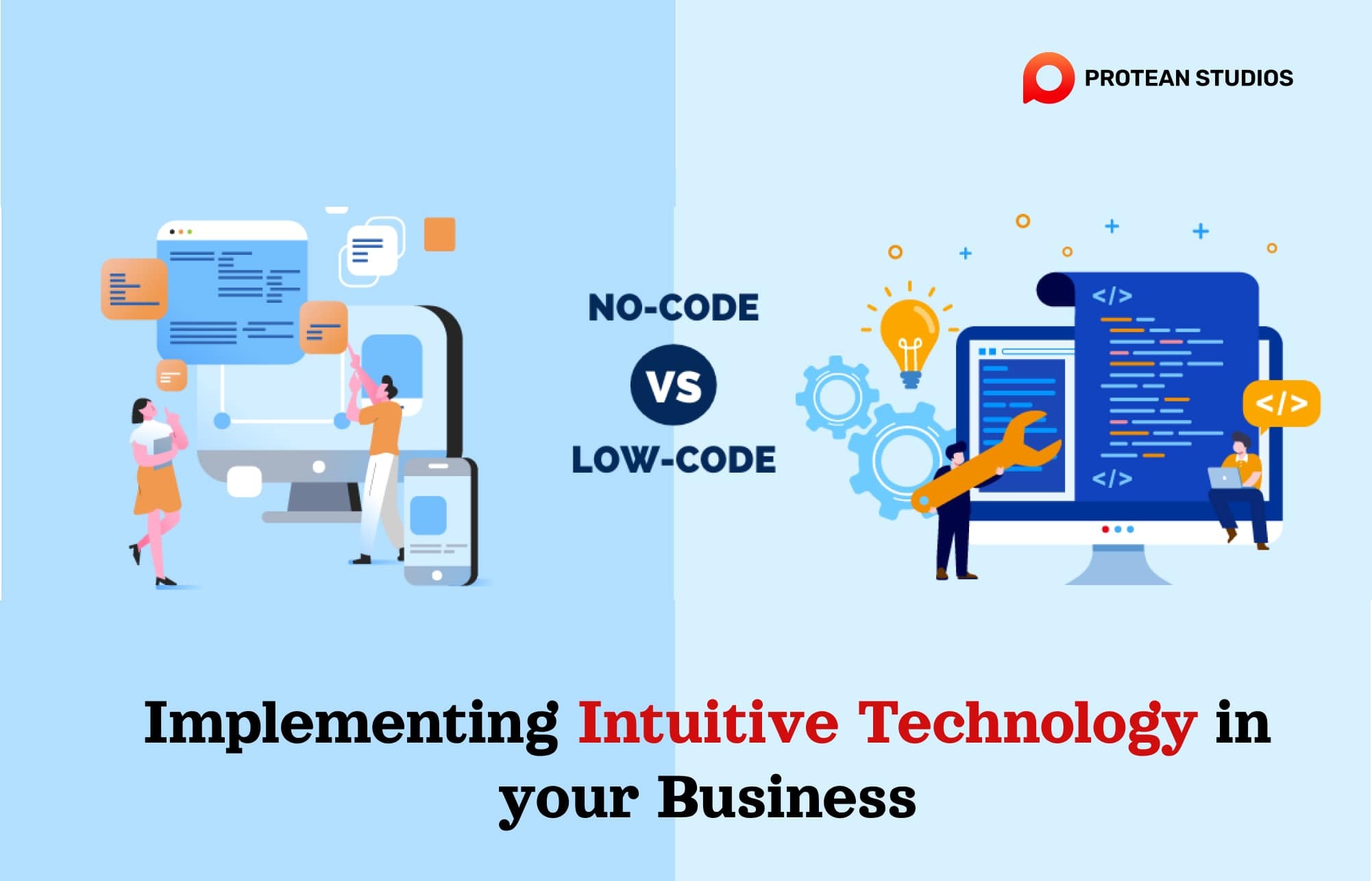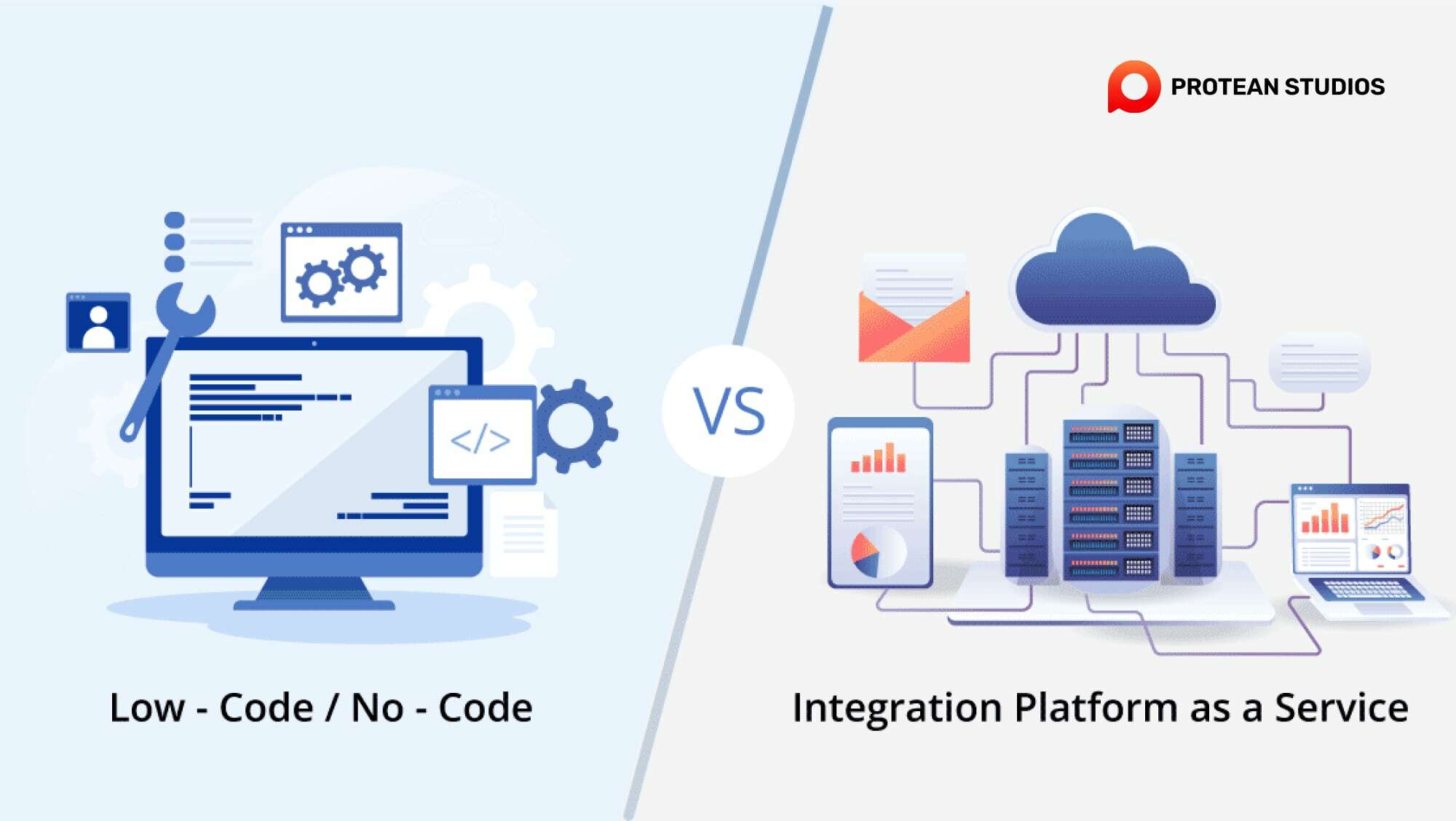In today's fast-changing digital world, there's a big push for quick and easy ways to develop software. No-code and low-code technologies are leading this change. These tools let people create complex apps without needing to know much about coding. This makes it easier for anyone to innovate and design new solutions. By breaking down barriers, no-code and low-code technology is changing how we solve problems and create new things across many fields.
The arrival of no-code and low-code platforms
No-code and low-code (NC/LC) platforms are letting more people create applications without needing deep programming skills. These platforms have user-friendly interfaces that allow users to drag and drop components to build working apps, from simple tasks to complex business solutions. In the U.S., 77 percent of companies are using low-code platforms, showing their big impact.

NC and LC technologies make it easy for non-technical people to develop apps by simplifying the process. Users can bring their ideas to life without learning complicated coding. The software uses pre-built modules for common functions, making app creation faster and easier.
Reports show that companies using NC/LC solutions can cut development time by up to 75 percent, highlighting the major efficiency these technologies offer.
=> Learn more: Low-Code Vs. No-Code: The Differences And Similarities
Implementing intuitive technology in your business
Implementing intuitive technology, like no-code and low-code (NC/LC) platforms, in your business needs a well-planned approach.
Assess business needs and research platforms: Identify your business challenges and involve stakeholders to understand the different requirements. Compare the features and suitability of various NC/LC platforms through market analysis.
Check scalability, compatibility, and costs: Ensure the platform supports future growth and works well with existing systems. Get demos from vendors and analyze both upfront and long-term costs.
Focus on User Experience and Interface Usability: Choose platforms with easy-to-use interfaces. Check the support and training provided by the vendor to ensure all employees can use the platform.
Install and Adopt: Start with a pilot project, then roll out, allowing for user feedback and adjustments. Check performance to measure success and improve.
Emphasize security and use analytics for improvement. Select platforms with strong security measures. Use analytics to refine and adapt the platform as your business needs change.
NC/LC platforms help companies innovate faster and more efficiently, making technology adoption easier. Adopting these platforms can improve operations and keep businesses competitive in a fast-changing tech landscape.

=>> Read more: 10 Best No-Code App Building Platforms For 2024
Supported by tech giants like Microsoft and Google, as well as smaller companies like Alpha Software, Appypie, and Bubble.io, NC/LC platforms are game-changers for businesses. They bring a new era of agility and innovation to app development, offering these benefits:
Streamlined Development Process: NC/LC platforms make app development much simpler, allowing businesses to bring solutions to market up to 10 times faster than traditional methods.
Innovation Across the Board: These platforms let team members without programming skills contribute to innovation. For example, they can automate repetitive tasks like data entry, approval workflows, and notifications.
Reduction: By enabling non-technical users to develop apps, businesses can save on hiring specialized developers. Reports show that NC/LC platforms can reduce development costs by up to 50 percent.
Agility and responsiveness: NC/LC platforms enhance business agility by allowing rapid prototyping and iteration. This enables businesses to respond to market changes and customer feedback.
Access to Advanced Technologies: With built-in AI and blockchain features, NC/LC platforms let businesses integrate cutting-edge solutions without needing deep technical knowledge.
Real-World Example: Schneider Electric demonstrated the power of NC/LC platforms by launching 60 applications in 20 months, with most delivered in just 10 weeks. This rapid development sets a new standard for the industry.
=> Read more: No-Code Success: Forget About Titles, Work On Developing Skills
The changes in No-Code and Low-Code Tech
No-code and low-code technologies are altering the way software is developed and deployed. Here's a breakdown of key changes:
1. Democratization of Development
Breaking down barriers: These platforms make development accessible to individuals without coding expertise, broadening the talent pool for application creation.
Empowering citizen developers: Business users can now build tools and solutions tailored to their specific needs, increasing agility and innovation.
2. Accelerated Development Cycles
Rapid prototyping: No-code and low-code enable quick experimentation and iteration, speeding up the development process.
Faster time-to-market: Businesses can introduce new products or services, gaining a competitive edge.

Other article: Low-Code And No-Code: Why Low-Code Reigns Supreme
3. Increased Innovation
Lowering the barrier to experimentation: With easier development, teams can explore new ideas and test different approaches without significant resource investment.
Focus on creativity: Developers can concentrate on problem-solving and design rather than mundane coding tasks.
4. Shifts in IT Roles
Evolution of developer roles: Traditional developers can focus on complex systems and architecture, while low-code platforms handle routine tasks.
Rise of new roles: There's a growing demand for individuals skilled in platform selection, configuration, and governance.
By understanding these changes, businesses can harness the potential of no-code and low-code technologies while addressing potential challenges to maximize their benefits.




